Unveiling the Mysteries of Machu Picchu
Recently updated on January 17, 2025
Total words: 2557
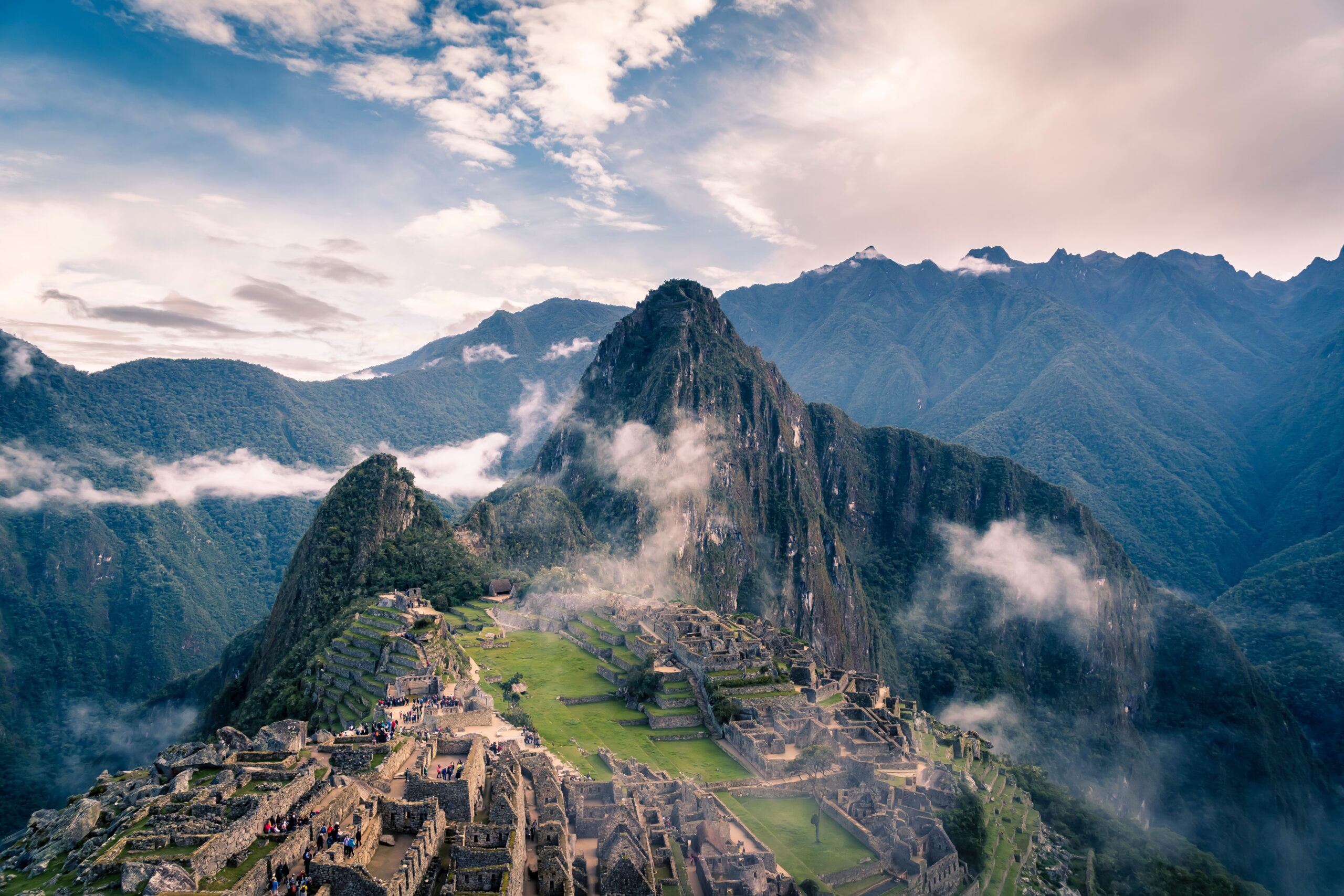
Table Of Content
- Exploring the History and Significance of Machu Picchu
- Unpacking the Mysteries that Surround the Site
- Examining the Ancient Incan Architecture
- Investigating the Unique Geographical Features
- Highlighting the Cultural and Spiritual Meaning of Machu Picchu
Introduction
Welcome to the ancient world of Machu Picchu – the stunning 15th-century Incan site located high in the Andes Mountains of Peru! Home to some of the most spectacular ruins in South America, Machu Picchu is an incredible testament to the ingenuity of the Incan people. For centuries, this mysterious site has captivated adventurers, archaeologists, and historians alike. In this blog, we’ll be unveiling the mysteries of one of the world’s most iconic landmarks!
Exploring the History and Significance of Machu Picchu
Machu Picchu is an ancient Incan site located in Peru. It is one of the most remarkable archaeological sites in the world and is believed to have been built in the 15th century. It was declared a World Heritage Site by UNESCO in 1983. The site is renowned for its stunning beauty and for its unique architecture, which has puzzled scholars for centuries.
Machu Picchu is a testament to the ingenuity and skill of the Incas. Built in the clouds at an altitude of 8,000 feet, the site is located on a mountain ridge between two peaks, Huayna Picchu and Machu Picchu. It is thought to have been a religious and ceremonial center as well as a place of refuge and retreat.
The site is composed of more than 200 structures, including temples, terraces, and dwellings. It was likely used as a retreat for the Incan elite. The terraces were used for growing food, and the site was surrounded by irrigation canals, which supplied water to the area.
The site was abandoned in the 16th century, and its exact purpose and use remain a mystery. It is thought that it was used as a retreat for the Incan elite, and some believe it may have been a site of religious and ceremonial importance.
The site was rediscovered in 1911 by the American explorer Hiram Bingham. In the decades since, archaeologists have worked to uncover the secrets of Machu Picchu. In recent years, new technologies have been used to uncover more of the mysteries of the site.
The site is now a popular tourist destination, attracting thousands of visitors each year. It is one of the most iconic sites in South America and a symbol of Peru’s rich cultural heritage. It has become a symbol of the Incan civilization and a reminder of the ingenuity of the Incan people.
Machu Picchu is a remarkable archaeological site, and it is no wonder that it has captivated the imaginations of archaeologists and tourists alike. It is a reminder of the incredible achievements of the Inca people and a testament to their skill and ingenuity. Its mysteries remain unsolved, and its beauty is unrivaled.
Unpacking the Mysteries that Surround Machu Picchu
Machu Picchu is one of the world’s most renowned archaeological sites, but it still remains shrouded in mystery. Scholars still debate the history of the site and its purpose, and many questions remain unanswered. Here we’ll take a look at some of the major theories about the site, and unpack the mysteries that still surround Machu Picchu.
What We Know About Machu Picchu
We know that Machu Picchu was built in the 15th century by the Inca Empire. It was constructed on a mountain ridge in Peru, at an altitude of 2,430 metres above sea level. It is believed to have been a site of religious, political, and administrative functions.
Today, Machu Picchu is Peru’s most visited tourist attraction, bringing in 2 million visitors each year. This figure is expected to double in the near future, as more people become fascinated by the site’s mysterious history.
Theories About Machu Picchu’s Purpose
One of the most widely accepted theories about Machu Picchu’s purpose is that it was a royal retreat for the Inca elite. It was a place where they could escape the hustle and bustle of Cusco, the empire’s capital. This theory is supported by the presence of luxurious dwellings, as well as finely crafted sculptures and artwork.
Other theories suggest that Machu Picchu was a religious site, or even an astronomical observatory. Some archeologists believe that it was an agricultural laboratory, where the Inca Empire developed new crops.
Theories About Its Construction and Design
The Incas are renowned for their advanced engineering techniques. They constructed Machu Picchu without the use of wheels, animals, or iron tools. The construction of the site was a feat of engineering brilliance. In fact, it has been said that the Incas were “able to move mountains in order to create Machu Picchu”.
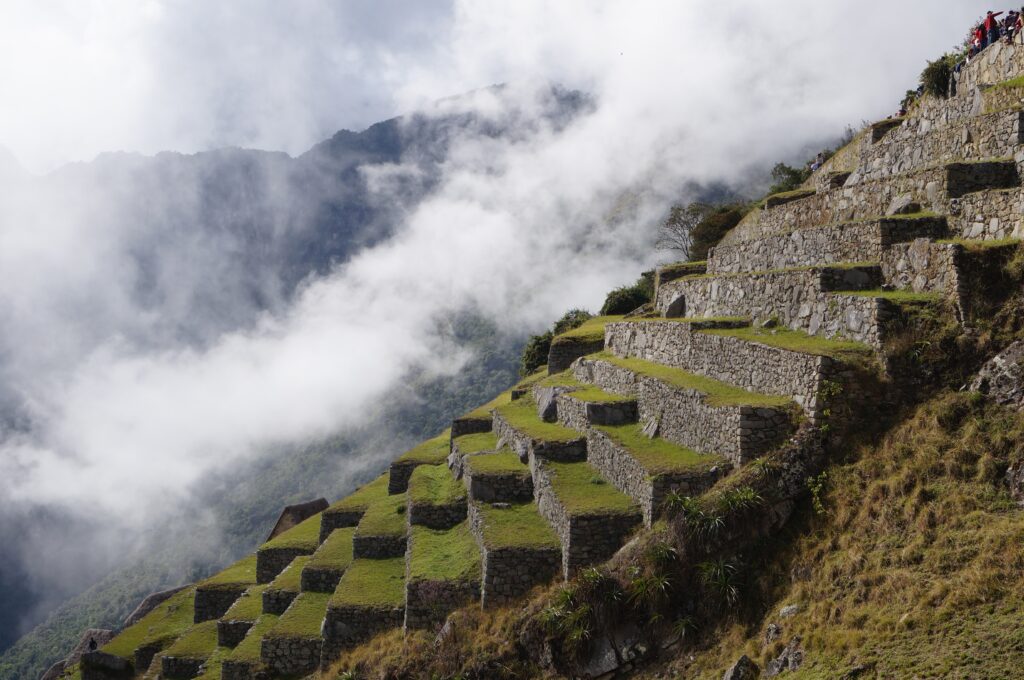
The design of the site is also remarkable. It is thought that the Incas designed the site to reflect the topography of the surrounding mountains. This means that its terraces and buildings were built to fit perfectly into the landscape.
Theories About Its Decline and Abandonment
The exact reason for Machu Picchu’s decline and abandonment remain unknown. It is believed that it was abandoned in the early 16th century, at around the same time as the fall of the Inca Empire.
Some historians believe that the site was abandoned due to food shortages or disease. Others suggest that the Incas may have been driven out by Spanish forces.
Exploring the Ancient Incan Architecture of Machu Picchu
Machu Picchu is one of the most iconic monuments of the Inca civilization. This mysterious ancient city situated in Peru is a testament to the brilliance of Incan architecture. It is a marvel of engineering and design, and it continues to intrigue scholars and visitors alike.
Built by the Incas more than 500 years ago, Machu Picchu stands as testament to the advanced building techniques of the Inca Empire. The city was constructed in the highlands of Peru, on a steep mountain ridge surrounded by lush green valleys. It was designed to be an estate for the Inca emperor, and it features a variety of architectural styles including terraces, plazas, ceremonial platforms, and a royal palace.
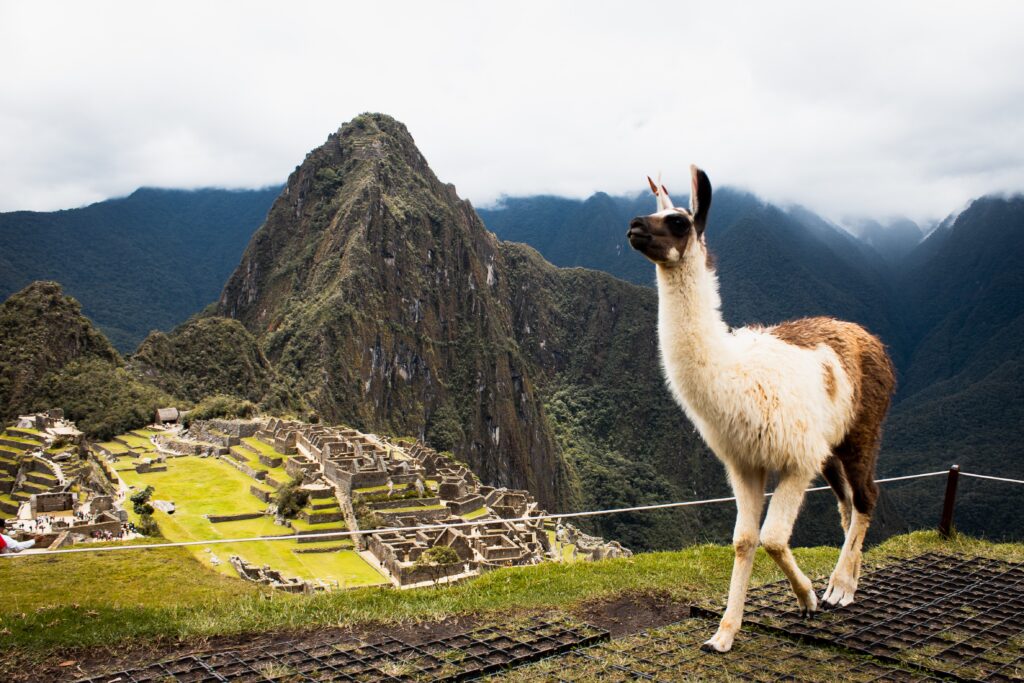
The most impressive feature of Machu Picchu is its stone walls. The walls are made from huge granite blocks, some of which weigh more than 50 tons. The stones were cut with incredible precision and fitted together without the use of mortar. This technique, known as ashlar masonry, was used to build many of the Incan cities, and it is one of the most impressive achievements of Incan engineering.
Another remarkable feature of the city is its water system. The city was designed to capture and store rainwater, which was then used for agricultural purposes. The water system also included a series of aqueducts that supplied fresh water to the city. This remarkable engineering feat was crucial to the city’s success.
Machu Picchu was also home to a number of temples and religious structures. These religious sites were built to honor the Inca gods, and they feature a variety of traditional Incan designs. The most impressive of these is the Temple of the Sun, a huge stone temple built at the highest point of the city.
Machu Picchu is an incredible testament to the skill and ingenuity of the Inca people. Its architectural legacy stands as a reminder of the power and sophistication of the ancient Incan civilization. Today, it is one of the most famous archaeological sites in the world, and it continues to attract thousands of visitors each year.
Investigating the Unique Geographical Features of Machu Picchu
Machu Picchu is an ancient Incan city situated in the Andes Mountains of Peru. It is one of the most iconic archaeological sites in the world, with its unique mix of ancient Incan and contemporary Peruvian culture. The site is surrounded by stunning natural beauty and boasts a variety of geographical features that make it a truly unique destination. In this article, we will explore some of the most interesting geographical features of Machu Picchu.
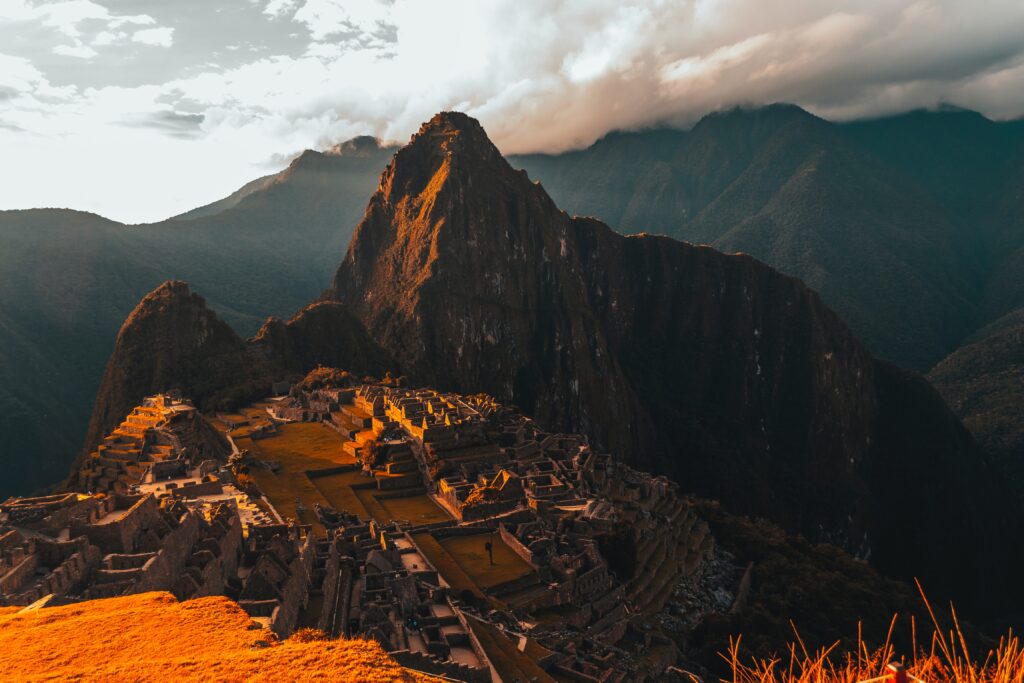
Stunning Mountain Views
Machu Picchu is situated at an elevation of 2,430 meters (7,970 ft) above sea level, making it one of the highest archaeological sites in the world. The city is located in the middle of the Andes Mountains, offering visitors stunning views of the surrounding mountains. The majestic snow-capped peaks of the Andes Mountains can be seen from any part of the city. The Incan people who built Machu Picchu were masters of stone masonry, and the city was built to take advantage of this incredible natural landscape.
Jungle Surroundings
The city of Machu Picchu is surrounded by lush jungle. It is situated on the eastern edge of the Amazon rainforest, and the surrounding vegetation is incredibly diverse. The jungle is home to a variety of animal species, including monkeys, sloths, and numerous species of birds. The jungle provides a spectacular backdrop to the city, and it is one of the main reasons why Machu Picchu has become such a popular tourist destination.
The Sacred Valley
Machu Picchu is situated in the Sacred Valley of the Incas, a region that has been home to many ancient civilizations. This valley is filled with incredible archaeological sites, including terraced fields, temples, and other structures. The Sacred Valley is also home to some of the most stunning natural scenery in the world, with snow-capped peaks, lush green valleys, and crystal-clear rivers.
A Variety of Climates
Machu Picchu has a unique climate, with temperatures ranging from hot to cold depending on the time of year. The city is located in a subtropical mountain climate zone, with temperatures reaching highs of 25°C (77°F) in the summer and lows of 3°C (37°F) in the winter. The area also experiences high levels of rainfall throughout the year, with an average of 2,500 mm (98 in) of precipitation annually.
Highlighting the Cultural and Spiritual Meaning of Machu Picchu
Machu Picchu is an Incan fortress in Peru that was built in the 15th century and is often considered one of the most important archaeological sites in South America. It is also a symbol of the culture and spirituality of the ancient Incas and has a deep spiritual and cultural significance for the people of Peru.
The Incas believed that Machu Picchu was the center of their spiritual universe, and it was a place of great spiritual power. They built the site to honor their gods and to connect with the spiritual world. They also used the site as a place for spiritual ceremonies and for honoring their ancestors.
Machu Picchu was also an important part of the Incan culture. It was a place where the Incas could gather to celebrate their culture and to perform rituals and ceremonies. They believed that the gods and spirits would be present in the ruins and that by performing their ceremonies there, the Incas would be able to make contact with them and receive their blessings.
The ruins of Machu Picchu contain many artifacts that represent the spiritual and cultural meanings of the Incan people. Some of these include carvings of animals and figures, which are believed to represent the gods and spirits of the Incan culture. Other objects include pottery and ceramics, which were used in rituals and ceremonies.
The ruins also contain many symbols that represent the spiritual and cultural meanings of the Inca people. One of the most important symbols is the Intihuatana, or “hitching post of the sun”. This is a stone monument that was used to measure the movements of the sun and was used to determine the dates of important ceremonies and rituals.
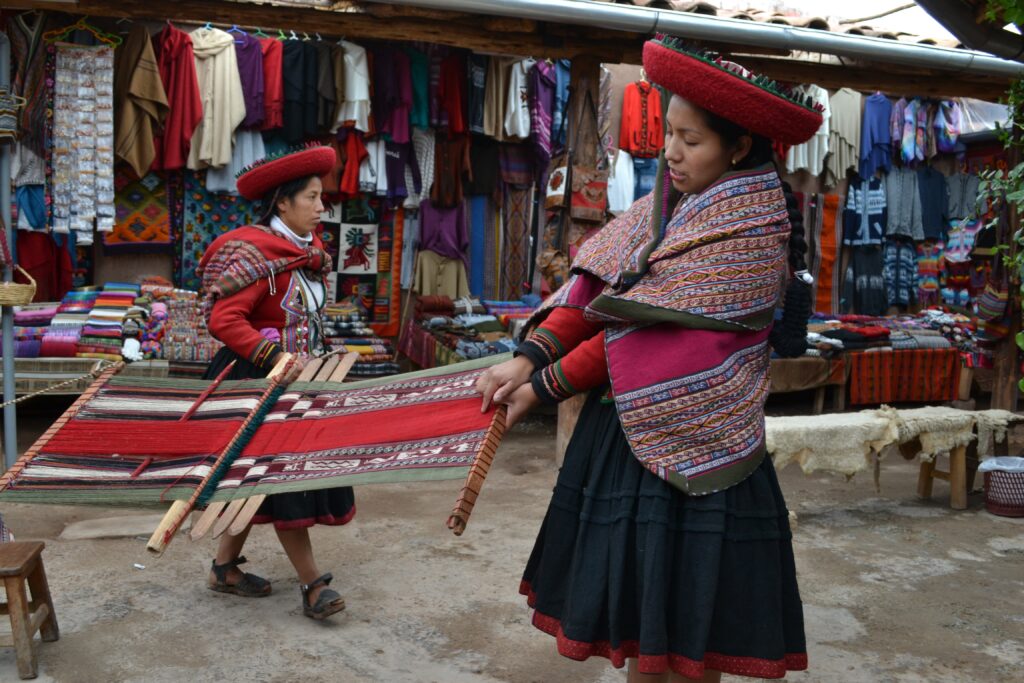
Machu Picchu is also a symbol of the Incan civilization’s advancement in engineering and architecture. The complex was built using sophisticated engineering techniques, and it is believed to have been constructed without using metal tools. The site also includes an irrigation system that was used to water crops and provide fresh water to the people living in the area.
The ruins of Machu Picchu are also a symbol of the Incan culture’s connection to nature. They are surrounded by lush vegetation, which the Incas believed was a reflection of the spiritual power of the gods. The site also has many terraces, which were used to farm crops and create a sustainable food supply for the people living in the area.
Machu Picchu is a symbol of the Incan culture’s rich spiritual and cultural heritage. It is a place of spiritual power and cultural significance for the people of Peru. It has been a UNESCO World Heritage Site since 1983 and is visited by millions of people each year. The ruins of Machu Picchu are a reminder of the spiritual and cultural meaning that still resonates today.
Conclusion
Machu Picchu is an incredible place full of history and mystery. It’s an ancient site that has been shrouded in mystery for centuries and has captivated the imaginations of people all over the world. From its mysterious origins to its incredible architecture, Machu Picchu is a place that has so much to offer. We hope that this article has helped to unveil some of the mysteries that have surrounded this incredible site for centuries, and that you have enjoyed learning more about it. There is still much to discover, and we can’t wait to see what else Machu Picchu has to offer.
1. What is the best time of year to visit Machu Picchu?
The best time to visit Machu Picchu is during the dry season, which runs from May to October. This period offers clear skies and minimal rainfall, making it ideal for exploring the ancient ruins and enjoying the stunning views of the surrounding mountains.
2. How can I get to Machu Picchu?
To reach Machu Picchu, you can either take a train from Cusco or Ollantaytambo to Aguas Calientes, the town located at the base of the site, followed by a bus ride up the mountain. Alternatively, you can hike the famous Inca Trail or opt for the shorter but equally scenic Inca Jungle Trek.
3. What are the must-see attractions in Machu Picchu?
Some of the must-see attractions in Machu Picchu include the Intihuatana stone, the Temple of the Sun, the Temple of the Three Windows, and the iconic terraces that showcase the advanced engineering skills of the Inca civilization.
4. Are there any alternative routes to Machu Picchu?
Aside from the classic Inca Trail, there are alternative routes to Machu Picchu such as the Salkantay Trek, the Lares Trek, and the Choquequirao Trek. These less crowded paths offer unique perspectives of the Andean landscape and provide a more off-the-beaten-path experience.
5. What should I pack for a trip to Machu Picchu?
When visiting Machu Picchu, it is essential to pack layers of clothing for varying temperatures, sturdy hiking shoes, a sun hat, sunscreen, insect repellent, a refillable water bottle, and a camera to capture the breathtaking scenery and historic sites.